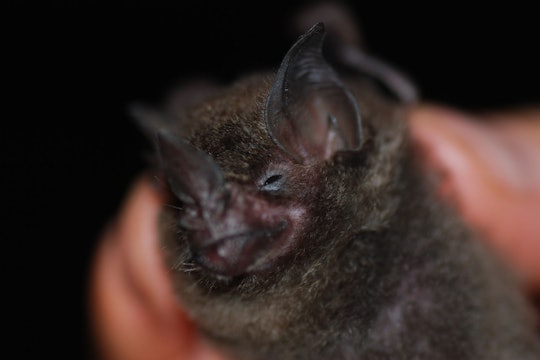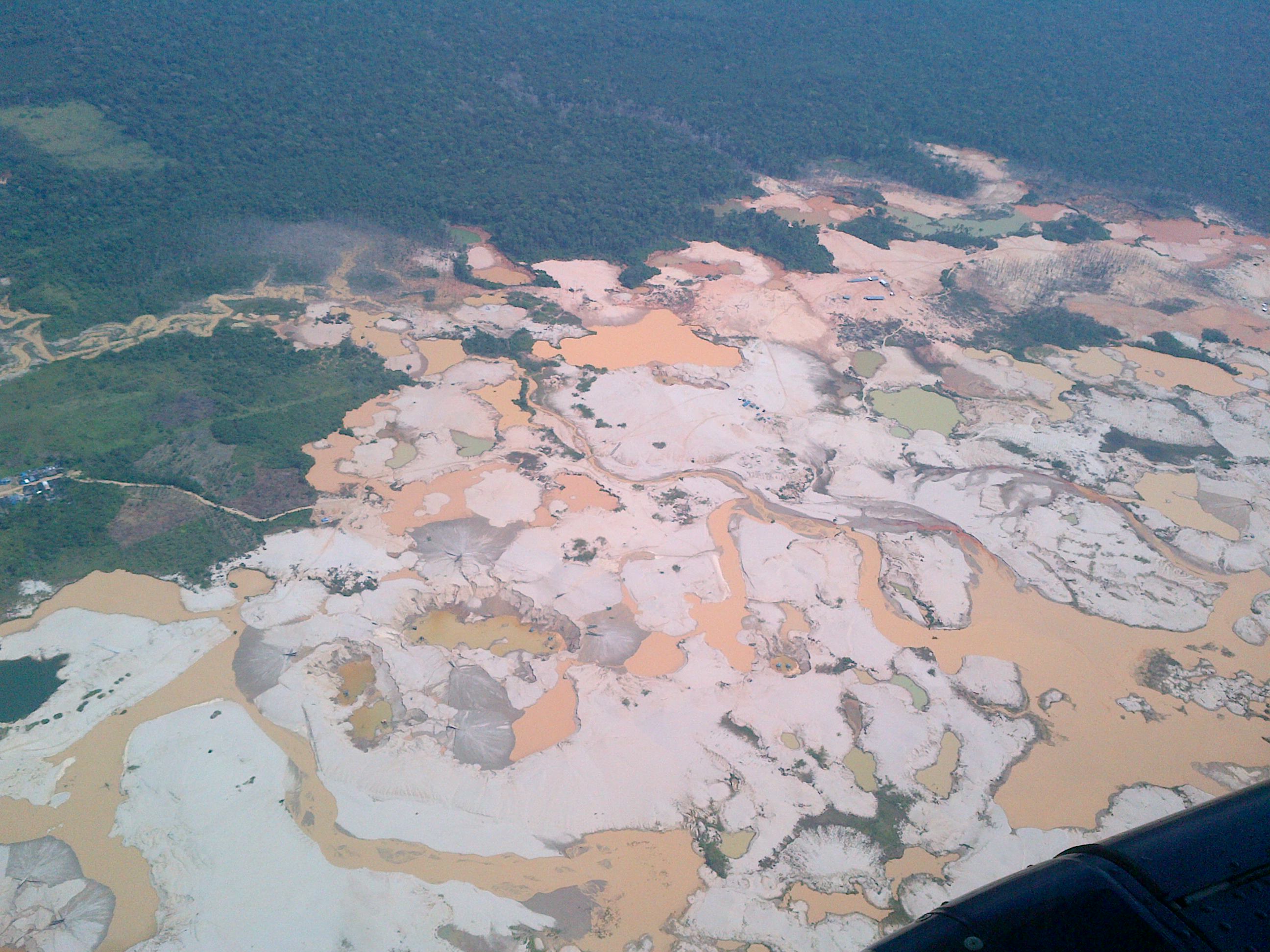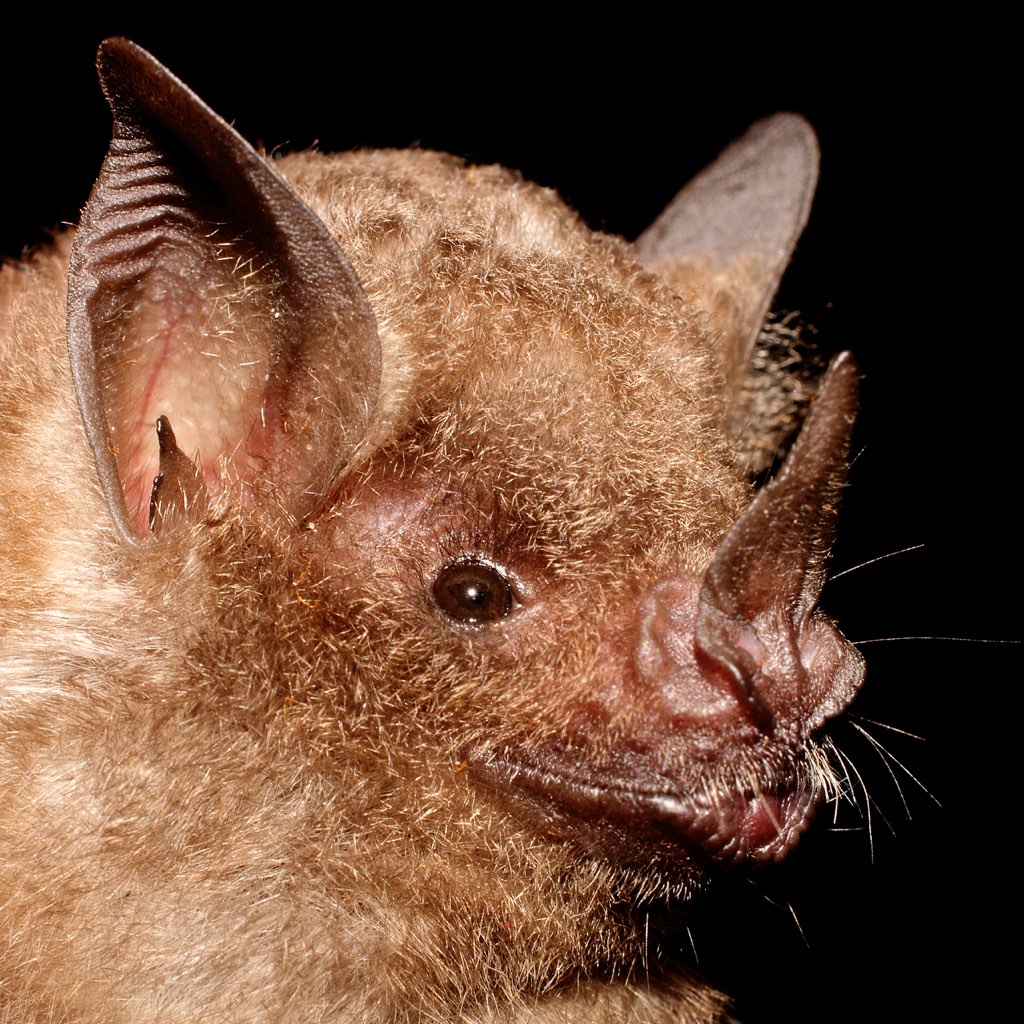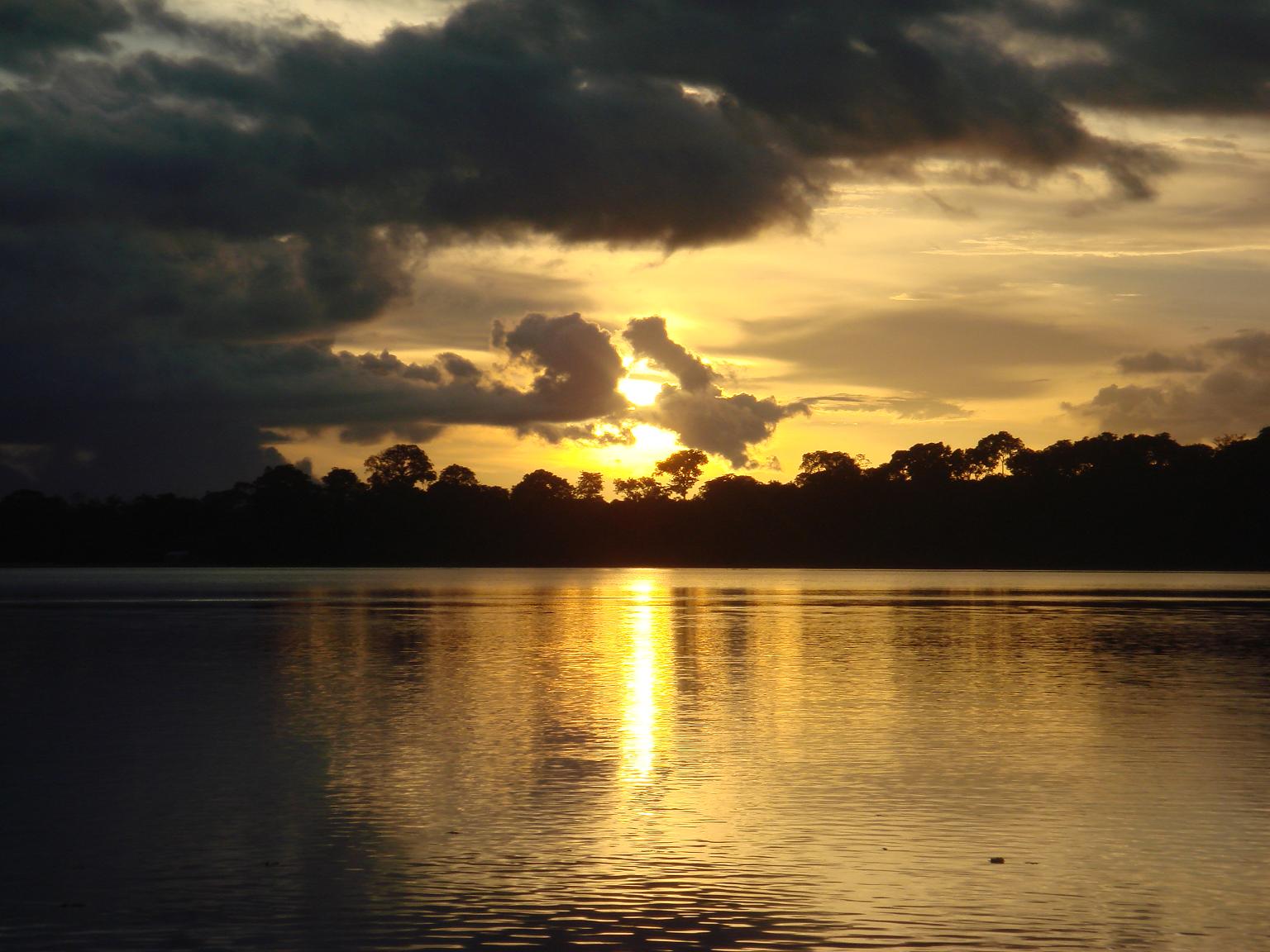
Andy Morffew / Flickr
A gold rush in the Peruvian Amazon threatens to fill a vital and diverse ecosystem with mercury
Bats are the canaries in the Amazonian goldmine
The highly biodiverse Peruvian Amazon appears as a verdant green blotch on any world map. But for global commodities traders, this area, particularly the region known as Madre de Dios in southeastern Peru, is best portrayed with a different color: gold. Peru's gold output has been steadily climbing alongside international gold prices for the past 15 years, and the country is now the sixth largest gold producer in the world.
This economic boom also comes at a monumental cost to environmental and human health in Madre de Dios, as deforestation rates have skyrocketed and mercury used in the gold mining process has begun to leach into the aquatic food chain. Now, a study by environmental geochemist Mónica Moreno-Brush, a PhD candidate at Germany's Technische Universität Braunschweig, and her Peruvian and German colleagues, published in January in the journal Ecotoxicology, indicates that the effects of gold mining in Madre de Dios are percolating into the terrestrial food chain and accumulating in Peruvian bats.
Most gold mining in Peru is carried out by individuals or small groups of people in a process known as artisanal and small-scale gold mining (AGSM). Virtually all AGSM is illegal. The Peruvian government has attempted to rein in the mining, but has had only limited success due, in part, to the sheer geographic spread of mining activities. And with tempting profits to be made – up to $2.6 billion per year, based on the 2015 United Nations World Drug Report – the AGSM industry has also been commandeered by powerful criminal groups, making combating illegal mining a dangerous endeavor.
Mercury and mining
The vast jungles of Madre de Dios, which teem with plant, animal, and insect life, are unfortunately being rapidly wiped off the map as a result. Miners cut down patches of rainforest in order to extract sediments and rock containing minute amounts of gold from the forest floor. They then mix the soil with water to create a muddy sludge and add mercury to extract minute gold particles. Mercury is a highly neurotoxic substance that binds with gold to form a small, solid mercury-gold ball, called an amalgam. The amalgam is finally heated over an open flame to vaporize the mercury, leaving behind a small pellet of gold.
Mining is dangerous and toxic work, but subsistence miners often see no other way to support their families. They take on massive health risks, working without masks or gloves to protect themselves from hazardous mercury exposure. Some even mix the slurry in barrels with their feet, much like the earliest winemakers smashed large vats of grapes.

Illegal mining
Unsurprisingly, the mercury used in AGSM now pollutes sensitive Amazonian aquatic ecosystems. Fish in Madre de Dios have been found to have elevated mercury levels. Consequently, people living in fishing villages along the Madre de Dios river - particularly members of isolated indigenous communities - are at high risk of mercury poisoning. In 2016 the Peruvian government declared a public health emergency in the region. And other wildlife in riverine food webs, like the charismatic giant river otters that live and feed in these increasingly mercury-laden waters, may be suffering ill effects as well.
Finding mercury's signature in rainforest bats, as Moreno-Brush and her colleagues did, is another new and worrisome side effect of gold mining.
Bat scan
They hypothesized that, if mercury waste from AGSM was being deposited into soil and vegetation, they would be able to see elevated mercury levels in hair samples from bats collected in Madre de Dios. On the surface, their choice of study animal may seem nonsensical: bats don't directly depend on aquatic food webs, where most previous research into AGSM had focused. And because they are highly mobile, they may be less susceptible to sustained exposure to mercury vapors in the air around mined areas.
But two aspects of bat ecology do put them at risk for mercury poisoning. First, bats have long life spans. Because mercury persists in mammalian tissues for years, long-lived animals progressively build up high levels of the potent neurotoxin in their tissues, a process called bioaccumulation. Pregnant women are discouraged from eating tuna, some of which can live for 40 years, for the same reason.

Carollia perspicillata
MarcoMello / Flickr
Bats also eat a lot. Insectivorous bats can eat their body weight in bugs every single day. This means that, even if each insect only contains a minuscule amount of mercury, the chemical could quickly build up in bats' systems. In fact, one previous study – the only other piece of research examining mercury levels of tropical bats – found high mercury levels in insect-eating bats near a hydroelectric dam in Malaysia.
In Madre de Dios, the researchers found the highest concentrations of mercury in fur from bats captured closest to gold mining sites. Although the bats' mercury levels weren't above dangerous levels, and they did not show any neurological effects from the toxin, the results of this study are preliminary evidence that AGSM poses a serious threat not only to aquatic food webs, but to the terrestrial food web, too. And if the mining continues, mercury's ill effects will permeate every corner of this magnificent ecosystem.
Although AGSM may seem like a far away environmental problem, relegated solely to Madre de Dios, Senegal, or Indonesia, every one of us has likely contributed to the global demand for gold. Most is used in jewelry and electronics – in fact, if you're reading this on an iPhone, you're holding about $0.56 worth of gold in your hand right now. That demand is unlikely to diminish any time soon.

mik_p / Flickr
Cleaning up the mess that AGSM has created will require large-scale ecosystem restoration, serious public health interventions, and community-based conservation initiatives. We need to find new sources of income for people who depend on mining for subsistence and identify effective methods for replanting the lost rainforest and cleaning up mercury-polluted soils. In Madre de Dios these efforts are being led the Centro de Innovación Científica Amazónica of Wake Forest University, an NGO founded by my doctoral advisor and his colleagues.
Just as each of us has contributed to the problem, we are each also capable of driving the solution by purchasing ethically sourced gold jewelry and buying fewer electronics. Although such small personal sacrifices pale in comparison to risks that Peruvian miners take to extract this precious metal from the earth, they are concrete steps that we can take toward protecting the health of Amazonian people, rainforests, and rivers.
